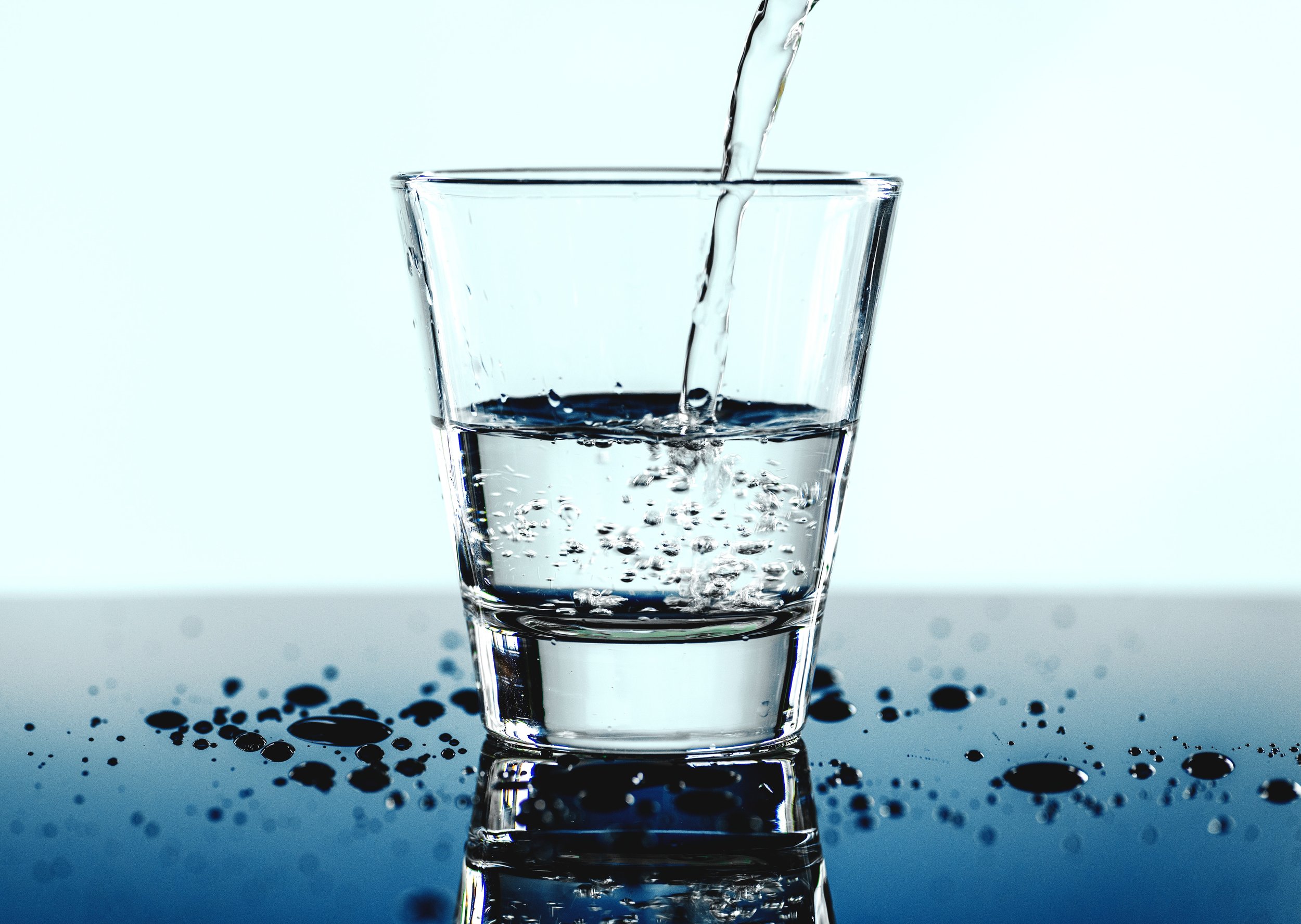5 Things To Check In On This Spring
Along with the brighter days, fresh flowers and upcoming outdoor activities comes a period of transition for you and your health.
Be gentle with yourself
If you’ve been less active this winter season and fully embraced your hibernation, go you! Your body appreciates the resting time, but now it’s time to get back out there and smell the flowers (literally). Though it is time to come out of hibernation, remember to take it slow and listen to your body. It can sometimes be difficult to withhold yourself when you’ve been cooped up for so long but just try. Refrain from jumping right in and doing a marathon week one into spring. You need to get your body and muscles used to the warmer weather, more movement and conditioning (then go run your marathon)!
Throughout the early spring season keep an eye out on the following…
Eat in season
There is a deeper reason as to why certain foods are stocked on the Kroger shelves at varying times of the year. There are wise things to be said about eating for the season you are in. Foods that are currently growing have a direct connection to the needs of our bodies. For example, in the winter we usually eat more (or see more in Kroger) root vegetables and squashes, that are high in Vitamin D, to make up for the lack of sun we are receiving. In spring we eat (or walk by in Kroger) a lot of leafy greens, fruits, and raw vegetables that are full of antioxidants and provide us with a cleanse and tons of energy for the higher levels of physical activity that spring brings. So if you are typically one of the ones who walks by the seasonal foods in Kroger, maybe switch it up and try a bell pepper and hummus, or a leafy green salad for lunch this spring season.
Your drinking habits
Drinking should always be a thing, all four seasons of the year, all day, erryday. An importance to drinking more during seasonal transitions though is that your body can adjust more quickly to heat and activity when you are well hydrated. This should go without saying, but I’m not talking about drinking more coffee here, or more beer, or more soda. I am talking about water, drink more water! If you are into drinking caffeinated drinks or alcohol, then even more reason to drink more water (after your beverage of choice of course).
Bearing the pain
Allergies. We all know them, and we all hate them. To try and get ahead of the pollen and mold that spring brings, wash your hands and clothing after being outdoors and keep an eye on the pollen count. Suggested to stay indoors and keep windows shut when levels are high and to use a dehumidifier in areas that often get moist.
Also, changes in the air pressure, temperature and humidity levels often lead to heightened pain levels for those with joint and nerve pain. Certain foods and supplements may assist in making the pain more tolerable, but it is suggested that you contact your physician for further consult.
Check your mood
Though Seasonal Affective Disorder (SAD) is commonly connected to fall and winter, it can also show up in spring and summer and often goes unnoticed because “you should be happy it is getting sunnier outside” or “you should just go for a walk now that its warmer and you’ll feel better”. Some things to be on the lookout for are high levels of anxiety, sleeplessness, exhaustion, agitation, changes in energy levels, feelings of worthlessness and deep sadness, and lack of appetite. Unfortunately, sunnier days and the ability to go for a walk outdoors aren’t always going to lessen these symptoms. Therefore, if you notice these symptoms please reach out to a mental health or medical professional for assistance.
Shannon Gonter, Professional Counselor in Louisville, KY
Written by: Shannon Gonter, LPCC, NCC
I specialize in working with men and young adults. I am passionate about my career and want to work with you to create positive change. I also strive to create a counseling environment where men and young adults can relate, feel heard, and find new solutions to their negative patterns. Some issues that I most commonly work with are stress, relationship issues, difficulty saying “no” to others, difficulties recognizing emotions and emotionally connecting to others, anger, and intimacy issues, among others.
The information and resources contained on this website are for informational purposes only and are not intended to assess, diagnose, or treat any medical and/or mental health disease or condition. The use of this website does not imply nor establish any type of therapist-client relationship. Furthermore, the information obtained from this site should not be considered a substitute for a thorough medical and/or mental health evaluation by an appropriately credentialed and licensed professional.






